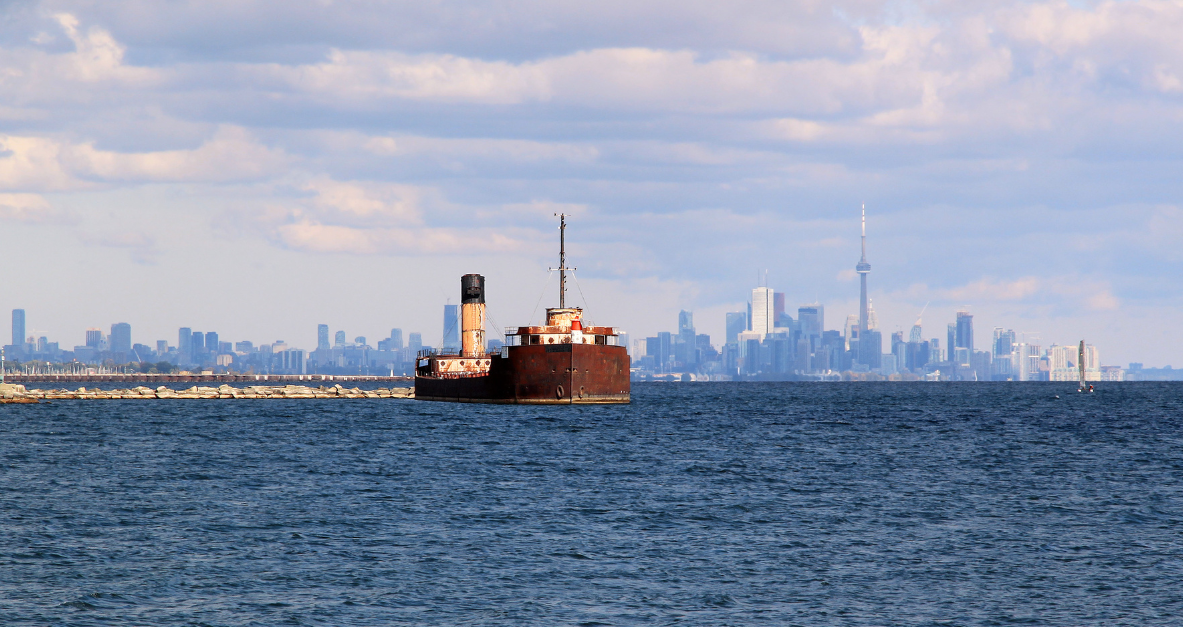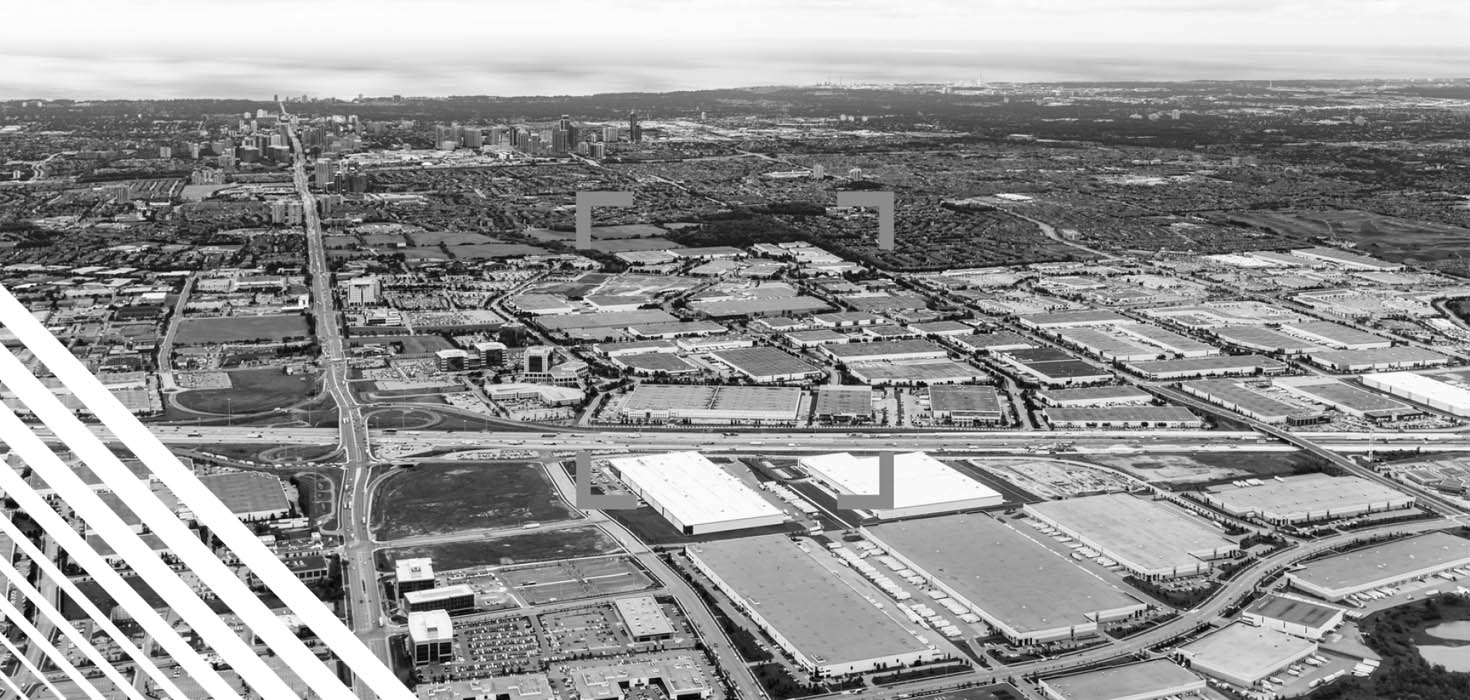
The Toronto region is caught between a well-known, chronic shortage of housing to accommodate a rapidly growing population, and a less well-known acute shortage of employment lands to support future business growth and job creation. It’s the race for space, and if we don't get the balance right, it’s everyday Torontonians looking for homes with jobs nearby who will come in last in Toronto’s urban Olympics.
While Toronto’s housing crisis is certainly no secret, what many don’t know is that one of the region’s most precious assets—its employment lands, currently home to 1.5 million jobs and the foundation for a diverse economic base—are at risk, limiting future growth.
That’s not to say we don’t need to build more housing; we desperately do, but to get it right, we need to strike the right balance. Recent decisions at both the municipal and provincial levels demonstrate that not nearly enough attention is being paid to how ad hoc decisions on housing are squeezing our employment lands and negatively impacting the economy—and prospects for the future economic growth our region will certainly need.
This was the subject of Race for Space: Securing the Future of Ontario’s Employment Lands, report by the Toronto Region Board of Trade. It highlighted how proposed land use changes by the province weaken protections for employment lands, increasing the potential for land use conflicts while creating uncertainty for business investment decisions on where to locate or expand.
For the past decade or more, industrial, manufacturing, and transportation hubs have been pressured by new expanding housing development that has not only gobbled up but continues to edge ever closer to established and highly productive factory sites without any buffers and transition zones. While the race for space challenge is playing out right across the region, Toronto’s waterfront is the most recent manifestation and worthy of a hard look.

Ahead of a late-June Toronto City Council meeting, PortsToronto raised concerns about recently revised zoning changes allowing for 9,000 residential units with towers up to 46 storeys high. PortsToronto didn’t say it opposed the new housing, simply that it needed time to understand the impact of these changes on the operations and flight paths of Billy Bishop Toronto City Airport and the Port of Toronto’s marine operations. Council moved ahead despite Port’s request for additional time for review.

The Race for Space
As the Board’s spring study, Ripple Effect: Unlocking Toronto's Waterfront Potential points out, there is limited public awareness of the waterfront's diverse assets and activities. Critically, there is a lack of clarity on the overall mix of waterfront uses and purposes that would be strategically beneficial for Toronto as a whole. This poses the risk that development choices to address short-term needs today could create long-term constraints.
A recent Toronto Industry Network study put the spotlight on the need to recognize the importance of the Port of Toronto as a critical piece of economic infrastructure and the opportunity to bolster its contribution to Toronto's economic future. The study identifies how Toronto’s industrial waterfront and its “working port” are undervalued as a strategic resource. It notes the port could be lost due to a fragmented governance framework with no overarching authority to coordinate federal, provincial, and municipal stakeholders, leading to uncertain business conditions for shippers.
The central location of the port, with its close access to the downtown core, as well as the Gardiner Expressway and DVP, are strategically significant. Losing the port due to neglect or the lack of a strategy would be a grave misstep for the Toronto region. The loss of Great Lakes and St. Lawrence Seaway-based marine supply chains through the port would add thousands of trucks to our already congested highways and city streets, increasing greenhouse gas emissions and transportation costs for critical goods.
It's critical that the public understand what’s at stake because governments are making decisions today that will have long-term consequences. Rather than pitting housing against employment lands in a winner take all 100-metre dash, we need to think in terms of a relay where housing, jobs, and residents work as a team, passing the baton of sustainable urban development. That’s how we ensure everyone crosses the finish line together.
-

Giles Gherson
President and Chief Executive Officer, Toronto Region Board of Trade
Giles Gherson is the President and Chief Executive Officer of the Toronto Region Board of Trade. He leads the Board’s efforts to advocate on behalf of our members and enhance the business competitiveness of our region.
Prior to joining the Board in 2022, Giles spent over 25 years in the private and public sector in progressively senior roles. He spent 15 years with the Province of Ontario, where he held multiple influential Deputy Minister roles – most extensively and recently as Deputy Minister, Economic Development.
To learn more about Giles, click here.

